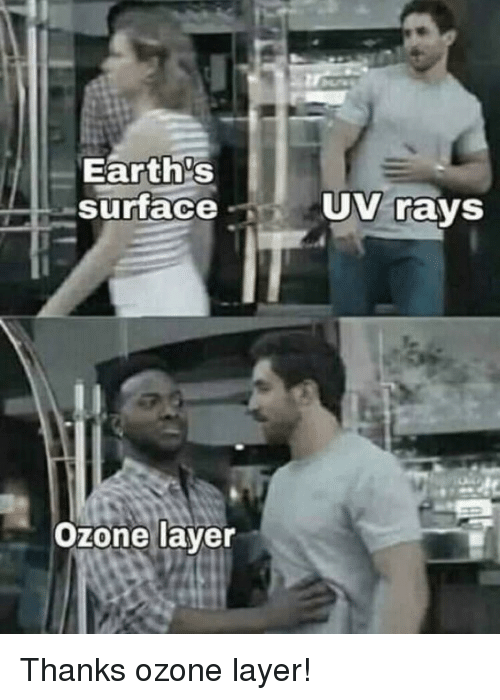With temperatures in the UAE soaring into the 40s, proper maintenance of your air conditioning system becomes particularly important. Unless you’re the kind of person who’s got nobody to meet and likes to use your car as a sauna to sweat it out in (ME!). #carsauna anyone? Anyway, today we talk about what components make up the air conditioning system in your car, common faults and a few preventive measures to make sure your tushie is nice and cool this summer (so, no #carsauna?)

The Air Conditioning System Basics
Your car’s air conditioning system is a combination of the following key components:
- A compressor
- A fan
- Condensing Coils
- Evaporator Coils
- Expansion Valve
- Dryer
- Blower
- Refrigerant Piping
- Ducts
- The refrigerant itself!
Quite a lot of things that could go wrong, eh? Well, not quite.
Apart from the compressor, fan and blower (called rotating components because things… errr… rotate), most of the components are non-moving components.
The chances of failure in rotating components are generally higher than in non-moving components, because of the friction, heat and movement in them.
The only thing that can go wrong with the non-moving components are leaks! And by leaks, we mean loss of the refrigerant that is used to cool the air, in this case a fluid called R-134 (unless you are still stuck in the 80s where they used an ozone depleting refrigerant called the R-12 – yeah, ozone holes, remember?).

So how does refrigerant fluid cool air?
By a process called phase conversion. When liquid converts to gas, it absorbs heat. Now, air conditioners exploit phase conversion by forcing refrigerants, which have properties that enable them to change at relatively low temperatures, to evaporate and condense over and over again in a closed system of coils.
With us so far? Goodo. Now, when hot air flows over the cold, low-pressure evaporator coils, the refrigerant absorbs heat as it changes from liquid to gas. For effective cooling, the air conditioner now has to convert refrigerant gas (farting refrigerants anyone?) back to liquid form again.
How, you may ask? Well, essentially, the compressor puts the gas under high pressure, which creates unwanted heat (just like between you and your boss). And all that extra heat is then ushered out with the help of condenser coils and a second fan. As the gas cools, it changes back to liquid, and the process starts all over again. Rinse and repeat.
In short: two things happen in an air conditioner. Refrigerant chills indoor air, and the resulting gas is continually compressed and cooled for conversion back to liquid, and voila, you’ve got an icy chamber of a car.
Hence, a loss of refrigerant means there is nothing to rob the heat from the ambient air and so, no air conditioning! This is how all air conditioners work.
Now here’s everything you should do to remain sweat free in your car
- Make sure you have enough refrigerant fluid as per your owner’s manual (the big forgotten book in your glove box – check it). Running the compressor dry is not a good thing.
- Check for leaks in the refrigerant system – this includes inspecting the condensing and evaporator coils and all the refrigerant piping in your car.
- Fans should be working when you turn on the air conditioning system. If they don’t, new fans yo!
- Check if the compressor works when you turn on the air conditioning i.e. motor works, clutch engages etc. This can be a pricey fix.
The easiest way to get all of this inspected and repaired? Check out our list of garages. We can hook you up with all your air conditioning maintenance needs. We’ll make sure you’re cool inside and out (okay maybe not on the inside – either you are or you aren’t).


